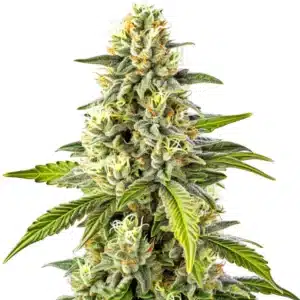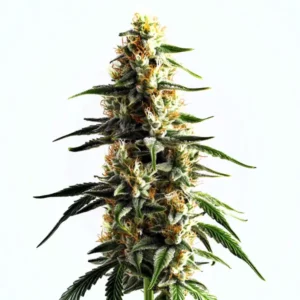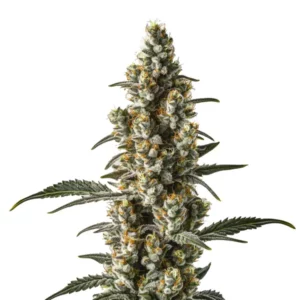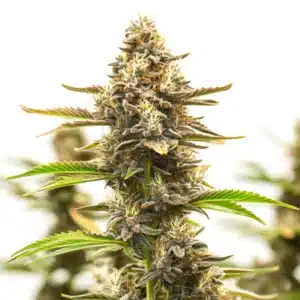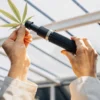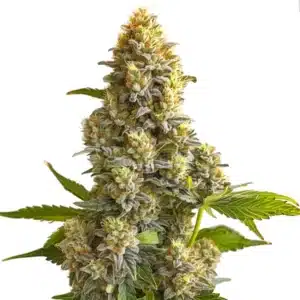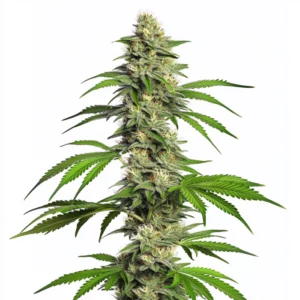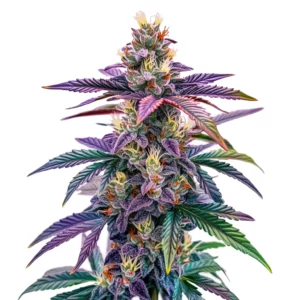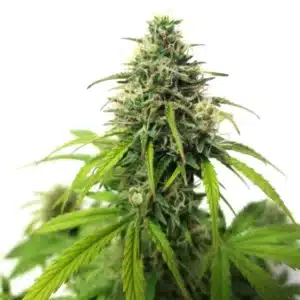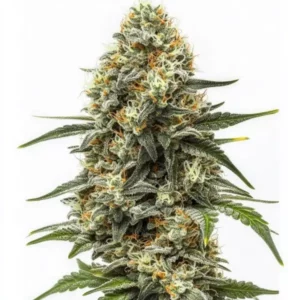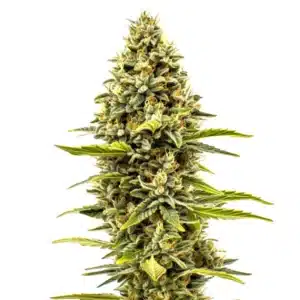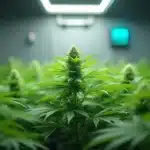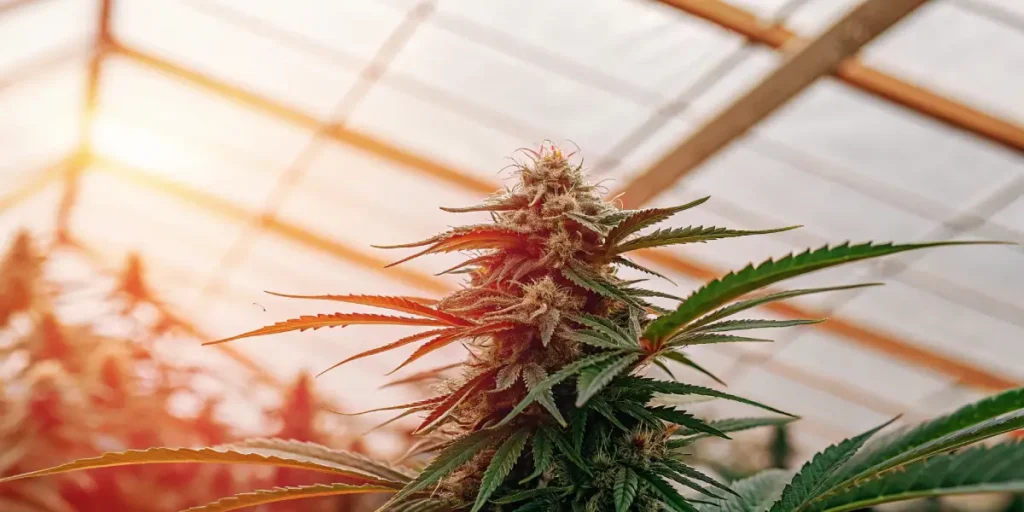
How Hormones Affect Cannabis Growth
Knowing how hormones affect cannabis growth is essential, as hormones are the unseen architects of cannabis development. They guide every phase of the plant’s life, from germination to harvest. For both first-time seed buyers and seasoned growers, recognizing the power of these natural chemicals can be the key to bountiful yields.
Think of hormones as the plant’s internal messaging system. They tell the plant when to grow, when to rest, and when to reproduce. For example, the effects of gibberellins on cannabis growth are crucial during the seedling phase, promoting stem elongation and overall vigor.
Recommended Strains
Cheese
|
|
THC | 14% - 18% (Medium) |
|
|
Type | Feminized |
|
|
Yield | Medium |
|
|
Phenotype | 60% Indica / 40% Sativa |
Cheese Fast Version
|
|
THC | 18% - 20% (Medium) |
|
|
Type | Fast Flowering |
|
|
Yield | High |
|
|
Phenotype | 45% Indica / 55% Sativa |
In the pursuit of top-tier cannabis, knowing how hormones affect cannabis growth allows growers to fine-tune their cultivation practices. Choosing strains like Auto Bruce Banner, available at Blimburn Seeds, can further enhance the chances of producing potent, high-quality buds.
Auxins: The Growth Directors
Auxins are primarily responsible for cell elongation. This means they help the plant grow taller. They also play a key role in root development. When you notice a cannabis plant growing towards light, thank auxins. They are directing the plant to optimize light absorption.
For those looking to maximize yield, knowing how auxins impact cannabis yield is vital. By knowing their role, growers can manipulate light exposure and pruning techniques. This encourages better growth patterns, leading to larger harvests.
The hormonal influence on cannabis plant development is multifaceted, and auxins are at the forefront. These hormones not only direct vertical growth but also help in healing plant wounds, facilitating recovery from pruning or stress. Proper auxin management ensures that cannabis plants remain resilient and productive throughout their lifecycle.
By leveraging the hormonal influence on cannabis plant development, growers can achieve more than just increased height. Auxins also contribute to phototropism, the plant’s ability to orient itself towards a light source. This adaptability is crucial for indoor growing environments where light angles may vary, ensuring that every part of the plant receives adequate illumination.
Auxins in Action
Take the strain Blue Dream from Blimburn Seeds. By effectively managing auxins, growers can encourage this plant to achieve its full potential. Ensuring balanced light exposure and careful trimming can help Blue Dream flourish, resulting in a higher yield.
Auxins aren’t just about vertical growth. They also influence lateral branching. This can lead to bushier plants with more bud sites. For strains like Blue Dream, this means a more abundant harvest, as each branch has the potential to produce high-quality buds.
Knowing how auxins impact cannabis yield means recognizing their role in the plant’s response to environmental stimuli. Auxins help the plant adapt to changes in its surroundings, ensuring continued growth and development despite fluctuations in light, temperature, or humidity.
In practice, managing auxins effectively can lead to a balanced growth pattern, where both height and bushiness are optimized. This balance is crucial for maximizing space efficiency and achieving the highest possible yields from each plant. By knowing how hormones affect cannabis growth, particularly auxins, growers can unlock the full potential of their crops.
Promos & Deals
Gibberellins and Plant Development
The effects of gibberellins on cannabis growth are most evident during the early stages. These hormones promote stem elongation and are crucial for the plant’s initial vigor. If your seedlings look weak, gibberellins might be the missing piece.
However, there’s a balance to maintain. Too much gibberellin can lead to excessively tall plants with thin stems. This isn’t ideal for most growing environments. It’s about finding the sweet spot to ensure robust but manageable growth.
Gibberellins are also involved in breaking seed dormancy, which is essential for successful germination. By knowing the effects of gibberellins on cannabis growth, growers can ensure that seeds sprout into healthy seedlings, setting the stage for a productive lifecycle.
Moreover, these hormones play a role in flower and fruit development. While too much gibberellin can cause issues, precise management can enhance flowering, contributing to a more fruitful harvest. Recognizing how hormones affect cannabis growth at each stage allows for more strategic cultivation decisions.
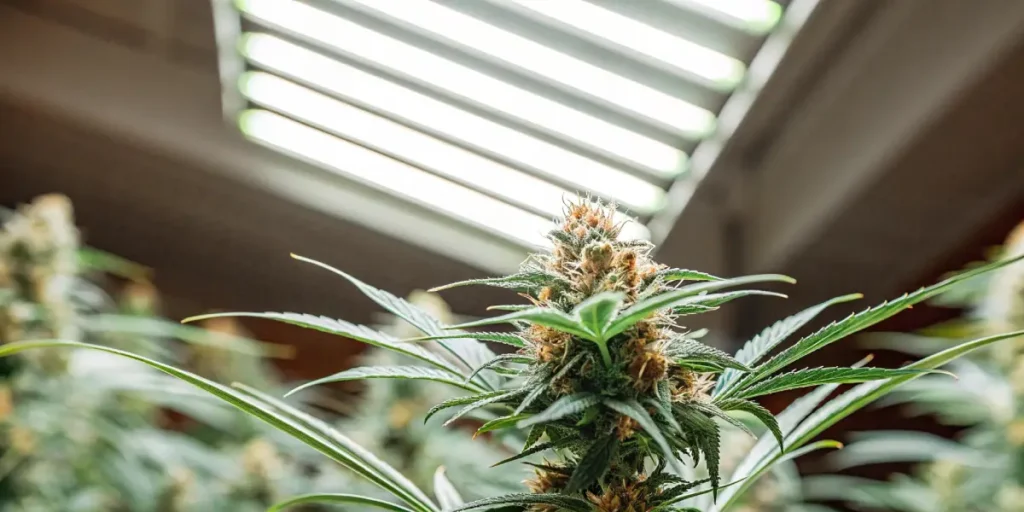
Real-Life Gibberellin Management
Consider utilizing Auto Girl Scout Cookies from Blimburn Seeds. This strain can benefit from careful gibberellin management. By ensuring optimal levels, growers can promote strong, healthy growth without the risk of spindly plants.
Practical application involves monitoring plant height and stem thickness. Adjusting nutrient schedules or light exposure can help modulate gibberellin effects. This ensures plants remain strong and productive, ready to support heavy buds.
To manage gibberellins effectively, consistent monitoring and environmental control are key. Factors such as light intensity, temperature, and water availability can influence gibberellin activity, making it essential for growers to maintain stable conditions.
By knowing the hormonal influence on cannabis plant development, particularly the effects of gibberellins on cannabis growth, growers can achieve a harmonious balance. This balance is crucial for ensuring that plants develop strong stems capable of supporting the weight of dense, resinous buds.
Cytokinins: The Cell Division Boosters
Cell division and differentiation are crucial for plant growth, and cytokinins are the hormones responsible for these processes. They work hand in hand with auxins to balance growth, ensuring the plant develops properly.
The role of cytokinins in cannabis cultivation is evident in how they promote bushier plants. By encouraging lateral growth, they increase the number of branches and potential bud sites. This is beneficial for strains that thrive with a dense canopy.
Cytokinins also play a role in delaying leaf senescence, which means they help keep the plant’s leaves green and functional longer. This is vital for photosynthesis, allowing the plant to produce energy efficiently throughout its lifecycle.
By knowing the function of cytokinins in cannabis cultivation, growers can optimize nutrient strategies to enhance cell division and growth. This leads to more vigorous plants with a robust structure capable of supporting a high yield of quality buds.
Maximizing Cytokinin Benefits
Strains like Critical Daddy Purple from Blimburn Seeds benefit from increased cytokinins. By promoting lateral growth, this strain produces a dense, productive plant with numerous budding sites. It’s perfect for maximizing yield in limited space.
Practical cytokinin management involves careful pruning and training techniques. By guiding plant growth, growers can encourage a more even canopy, leading to better light penetration and higher yields.
Effective cytokinin management also involves knowing their interaction with other hormones like auxins. This interaction can be manipulated to achieve a desired balance between root and shoot growth, optimizing the plant’s overall architecture.
By leveraging the hormonal influence on cannabis plant development, particularly the role of cytokinins in cannabis cultivation, growers can create an environment that supports both vegetative growth and flowering. This ensures a productive cycle from seed to harvest, maximizing both quantity and quality.
Ethylene: The Flowering Hormone
Ethylene plays a critical role in the flowering process of cannabis. It’s responsible for signaling the plant to begin flowering, making it a vital hormone for growers aiming for timely harvests.
Ethylene’s effect on cannabis flowering can be influenced by various environmental factors. Temperature, light, and stress can all impact ethylene levels, affecting the flowering timeline and bud development.
Besides to initiating flowering, ethylene helps regulate the ripening of buds, ensuring they develop fully before harvest. Proper management of ethylene can lead to more uniform flowering and ripening, resulting in a higher-quality end product.
Knowing ethylene’s effect on cannabis flowering is crucial for timing harvests accurately. By controlling environmental conditions, growers can influence ethylene production, aligning flowering times with market demands for specific strains.
Managing Ethylene for Optimal Flowering
For strains like Auto Bruce Banner from Blimburn Seeds, managing ethylene levels can ensure consistent flowering. By controlling environmental factors, growers can optimize flowering times and enhance bud quality.
Knowing the factors that influence ethylene production can prevent issues like hermaphroditism. Stable environments with minimal stress help maintain balanced ethylene levels, promoting healthy flowering.
Managing ethylene effectively requires a keen knowing of the plant’s lifecycle and environmental needs. By maintaining stable temperatures and minimizing stressors, growers can ensure ethylene levels remain conducive to optimal flowering.
With a comprehensive grasp of how hormones affect cannabis growth, particularly ethylene’s effect on cannabis flowering, growers can achieve precise control over the flowering phase. This precision leads to timely harvests and maximizes the plant’s potential for producing top-shelf buds.
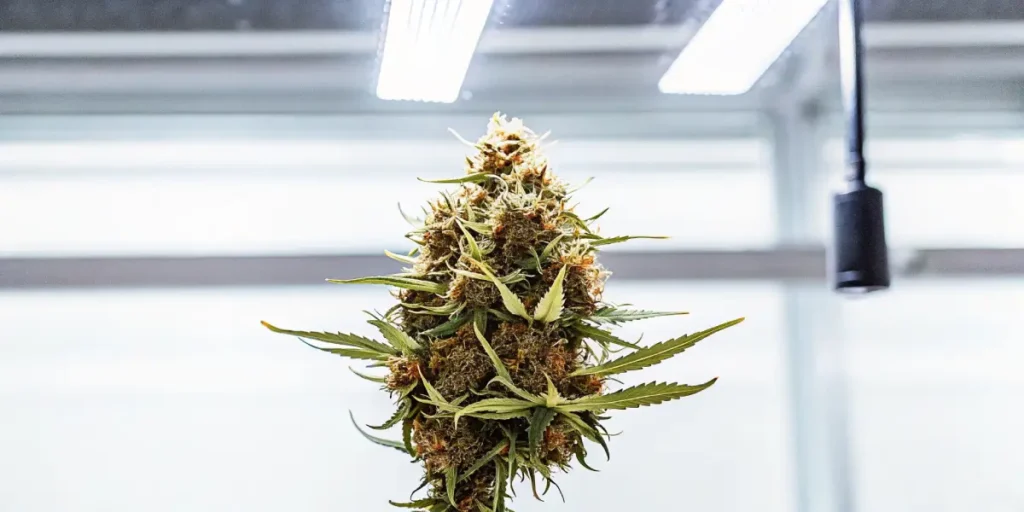
FAQs
What are the main hormones affecting cannabis growth?
The primary hormones influencing cannabis growth include auxins, gibberellins, cytokinins, and ethylene. Each of these hormones plays a specific role in different phases of the plant’s lifecycle, from seedling to flowering.
Auxins direct growth patterns, gibberellins boost stem growth, cytokinins promote cell division and branching, and ethylene regulates flowering. Knowing these hormones offers insights into optimizing growth conditions and maximizing yields.
How do auxins impact cannabis yield?
Auxins affect cannabis yield by influencing plant growth direction and root development. They encourage vertical growth and can also promote lateral branching, leading to more bud sites and potentially higher yields.
Growers can manipulate auxin levels through light management and pruning techniques. This enhances plant structure, ensuring optimal light exposure and improving overall yield potential.
What is the role of cytokinins in cannabis cultivation?
Cytokinins are essential for cell division and growth. They help balance growth between roots and shoots, promoting bushier plants with more branches and potential bud sites.
By managing cytokinin levels, growers can optimize plant structure for better light penetration and increased productivity. This is particularly beneficial for strains requiring dense canopies.
How do gibberellins affect cannabis growth?
Gibberellins primarily promote stem elongation and seedling vigor. They are crucial during the early growth stages, ensuring robust plant development.
However, excessive gibberellins can lead to overly tall, weak plants. Careful management is necessary to maintain a balance, encouraging strong, healthy growth without compromising plant stability.
How does ethylene influence cannabis flowering?
Ethylene is vital for signaling the onset of flowering. It affects the timing and development of buds, making it crucial for growers aiming for predictable harvests.
Environmental factors like temperature and stress levels can impact ethylene production. By managing these factors, growers can ensure consistent flowering and high-quality bud development.


